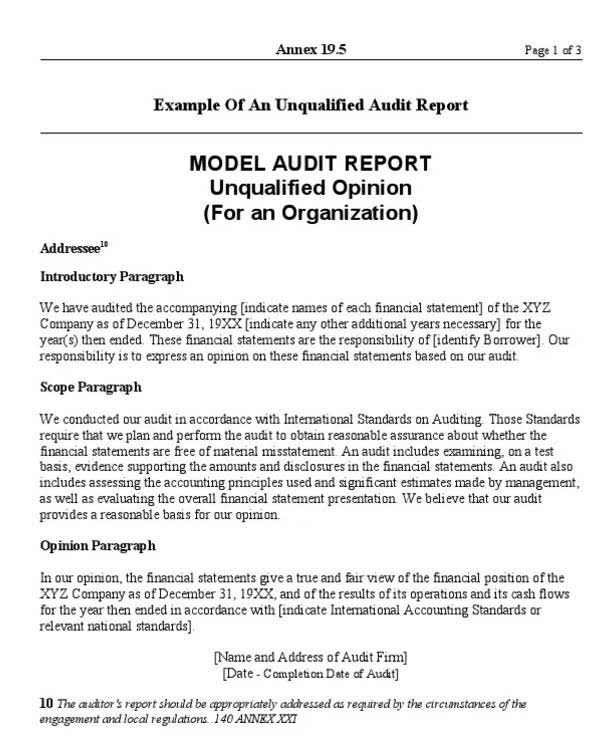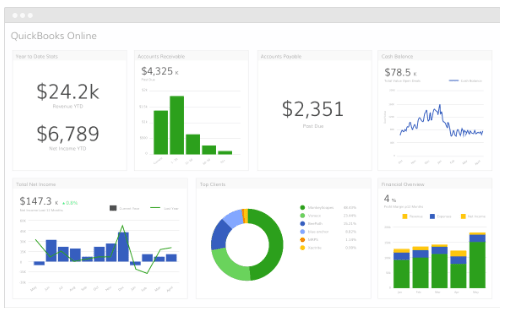
In the case of accounts receivable, net realizable value can also be expressed as the debit balance in the asset account Accounts Receivable minus the credit balance in the contra asset account Allowance for Uncollectible Accounts. In 2015, the Financial Accounting Standards Board (FASB) issued an update on the inventory accounting requirements of companies that they should not use the LIFO (Last In First Out) method. For example, a company has a total Accounts Receivable of $630,000 and it is estimated that at least 10% of this amount is bad debt.

How can I calculate the net realizable value?

Thus, the amount of cash that is estimated to be received is the reported $4.731 billion balance ($4.843 billion total less $112 million expected to be uncollectible). Just determining whether the $112 million in uncollectible accounts is a relatively high or low figure is quite significant in evaluating the efficiency of Dell’s current operations. Net realizable value (NRV) is the amount by which the estimated selling price of an asset exceeds the sum of any additional costs expected to be incurred on the sale of the asset. NRV may be calculated for any class of assets but it has significant importance in the valuation of inventory.

Example 2 – Calculating the NRV of an account

Companies must now use the lower cost or NRV method, which is more consistent with IFRS rules. Net income is typically found on a company’s income statement, which is also called a Profit and Loss statement. As an investor, you can see this for yourself through a company’s financial filings with the Securities and Exchange Commission (SEC). If you’re a business owner, you can typically see this using most accounting software. Knowledgeable decision makers understand that some degree of uncertainty exists with all such balances.
Accounts Receivable
Cost accounting is an accounting procedure that focuses on the cost of producing goods or services. If the net realizable value – NRV is negative, then it net realizable value may be necessary to sell the item at a loss. The net realizable value – NRV is important for its indication of how much profit can be made on an item.
Thus, the figure reported in the asset section of the balance sheet is lower than the total amount of receivables held by the company. Net realizable value calculations are a simple yet incredibly effective way to determine your potential losses when selling inventory or offering credit to customers and clients. While this could prompt changes within your billing processes, it also means that you can make more informed decisions on who to extend credit to moving forward or on how you’d like to manage your future receivables. The lower of cost or market (LCM) method lets companies record losses by writing down the value of the affected inventory items. The amount by which the inventory item was written down is recorded under cost of goods sold on the balance sheet.
Accountants and bookkeepers
It shall also be noted that the carrying cost of an inventory such as storage, transportation, or any other costs attached to bring the inventory to its storage shall be subtracted from the selling price in order to come up with the NRV. Net realizable value inventory is inventory valuation accounting for the company’s inventory. In the context of accounts receivable it is the amount of accounts receivable that is expected to be collected. This should be the debit balance in Accounts Receivable minus the credit balance in Allowance for Doubtful Accounts. Net realizable value can also refer to the aggregate total of the ending balances in the trade accounts receivable account and the offsetting allowance for doubtful accounts. This net amount represents the amount of cash that management expects to realize once it collects all outstanding accounts receivable.
- The Net Realizable Value (NRV) is the profit realized from selling an asset, net of any estimated sale or disposal costs.
- For more information about finance and accounting view more of our articles.
- Some of the content shared above may have been written with the assistance of generative AI.
- Net realizable value calculations are a simple yet incredibly effective way to determine your potential losses when selling inventory or offering credit to customers and clients.
- It is also common to combine it with the Slow-moving and Obsolete Inventory analysis.
- Say a company knows that it typically fails to collect on 2 percent of current accounts, 4 percent of accounts zero to 30 days overdue, 6 percent of those days overdue and 10 percent of those 60 or more days overdue.
You can improve your personal net income by increasing income (revenue), reducing costs (expenses), or alternatively, doing both. Your company’s current net income can give you a better sense of how easily you can access credit if you want to use leverage for purposes such as expansion. Net income can give you an overall idea of the health of a business, because it shows profits after all deductions are taken out. If there are major differences between gross and net income, it can be a warning sign. Gross income refers to the total amount of income earned from all sources before anything is taken out.
What Are Some Examples of NRV Usage?

As evidenced above, net realizable value is a vital tool for making informed decisions about the performance of your accounts receivables and the value of assets and your inventory. Net realizable value is an important metric that is used in the lower cost or market method of accounting reporting. Under the market method reporting approach, the company’s inventory must be reported on the balance sheet at a lower value than either the historical cost or the market value. If the market value of the inventory is unknown, the net realizable value can be used as an approximation of the market value. In previous chapters, the term “accounts receivable” was introduced to report amounts owed to a company by its customers. GAAP, the figure that is presented on a balance sheet for accounts receivable is its net realizable value—the amount of cash the company estimates will be collected over time from these accounts.
Accounts Receivable Example
Analysts use NRV to see if companies are following accounting standards and properly valuing their assets. I want to show you how you might approach an NRV analysis of inventory in a real-life situation. As we assess as part of our annual close process, let’s look at the balance https://www.bookstime.com/law-firm-bookkeeping as of 31 December 2020. An alternative is to separate our inventory into groups of similar items and calculate the Net Realizable Value on an aggregated basis. It is important to note that we might have some ‘good’ items offset the effect of such with NRV issues by doing so.
Two of the largest assets that a company may list on a balance sheet are accounts receivable and inventory. NRV is a valuation method used in both generally accepted accounting principles (GAAP) and international financial reporting standards (IFRS). Consequently, officials for Dell Inc. analyzed the company’s accounts receivable as of January 30, 2009, and determined that $4.731 billion was the best guess as to the cash that would be collected. The actual total of receivables was higher than that figure but an estimated amount of doubtful accounts had been subtracted in recognition that a portion of these debts could never be collected. Knowing your net realizable value is about more than being able to determine the expected selling price of an asset, product, or service. For example, you should also endevor to set up comprehensive payment terms, use automation, and conduct regular credit checks.